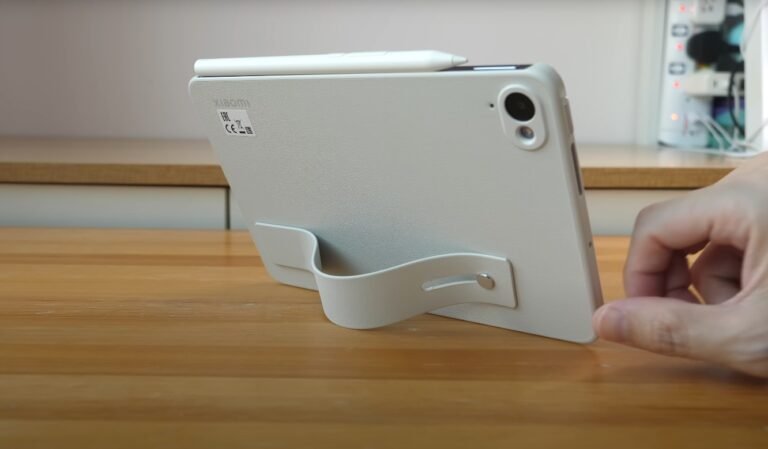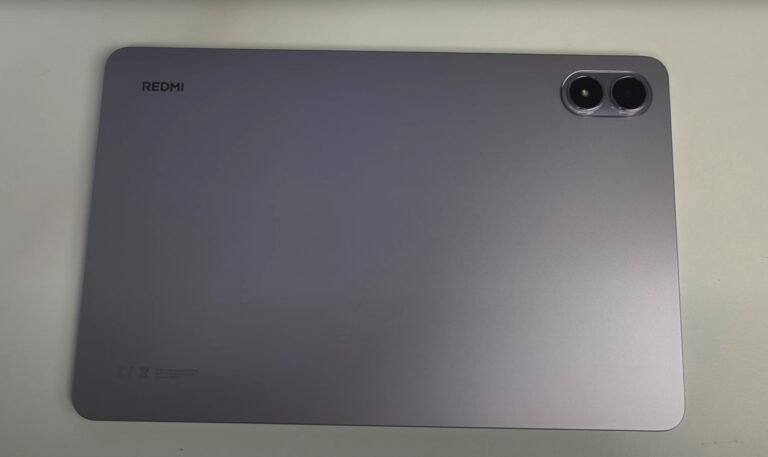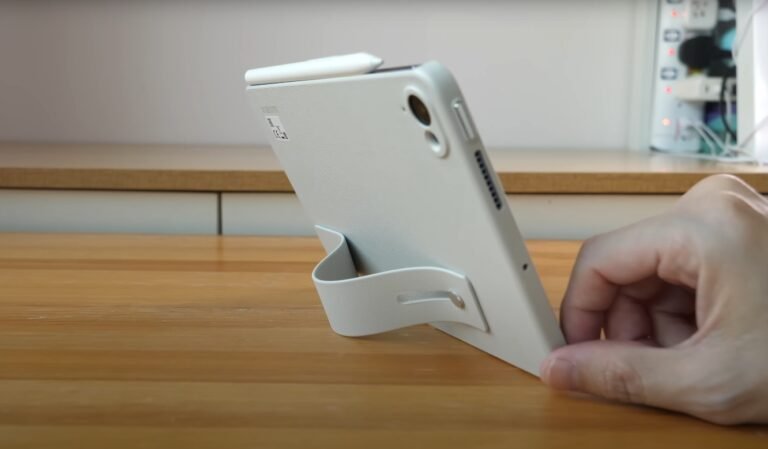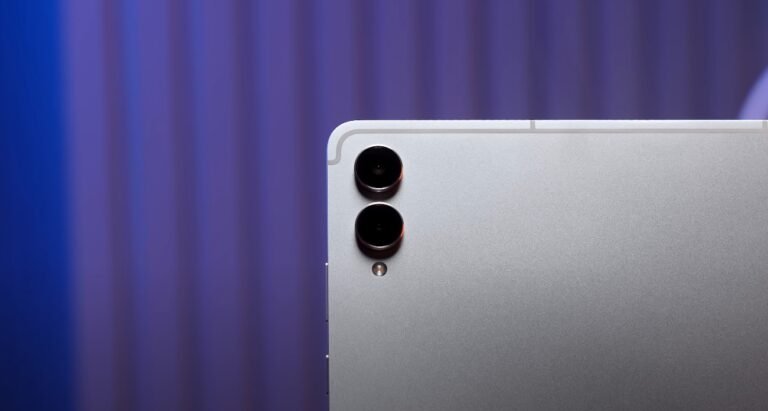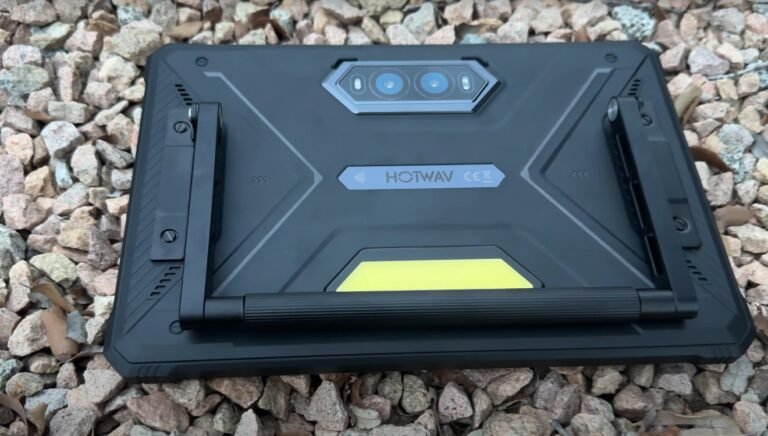Xiaomi Pad Mini customizable gestures for navigation
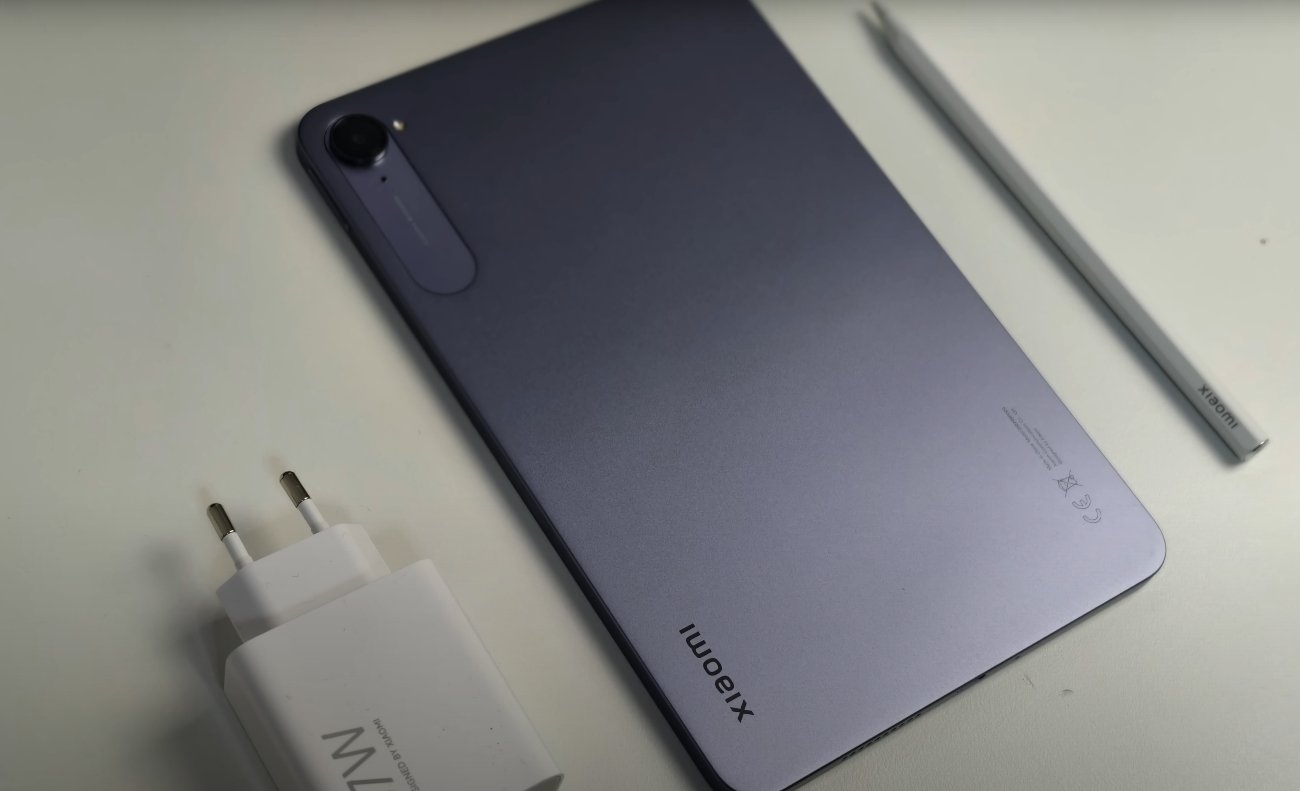
HyperOS Gestures Make Tablet Use More Intuitive
The Xiaomi Pad Mini arrives in the U.S. with a strong focus on usability, and one of its standout software features is customizable gesture navigation. Powered by HyperOS, the tablet allows users to tailor how they interact with the device, making navigation smoother, faster, and more intuitive. For a compact tablet, gestures play an important role in maximizing screen space and eliminating the need for bulky on-screen buttons.
Out of the box, the Pad Mini supports common gestures such as swiping up from the bottom to go home, swiping and holding to access recent apps, and swiping from the edges to go back. These are designed to feel natural and reduce the number of steps needed to move through apps and menus. The high 165Hz refresh rate of the 8.8-inch 3K display ensures these gestures feel fluid, with animations running smoothly and without stutter.
What makes the Pad Mini more appealing is the ability to customize these gestures. HyperOS settings allow users to adjust swipe sensitivity, edge detection, and even assign alternate actions to certain gestures. For example, a user can set a swipe from the top corner to take a screenshot, launch an app, or open quick settings. This customization makes the Pad Mini adaptable for different workflows, whether for productivity, entertainment, or casual use.
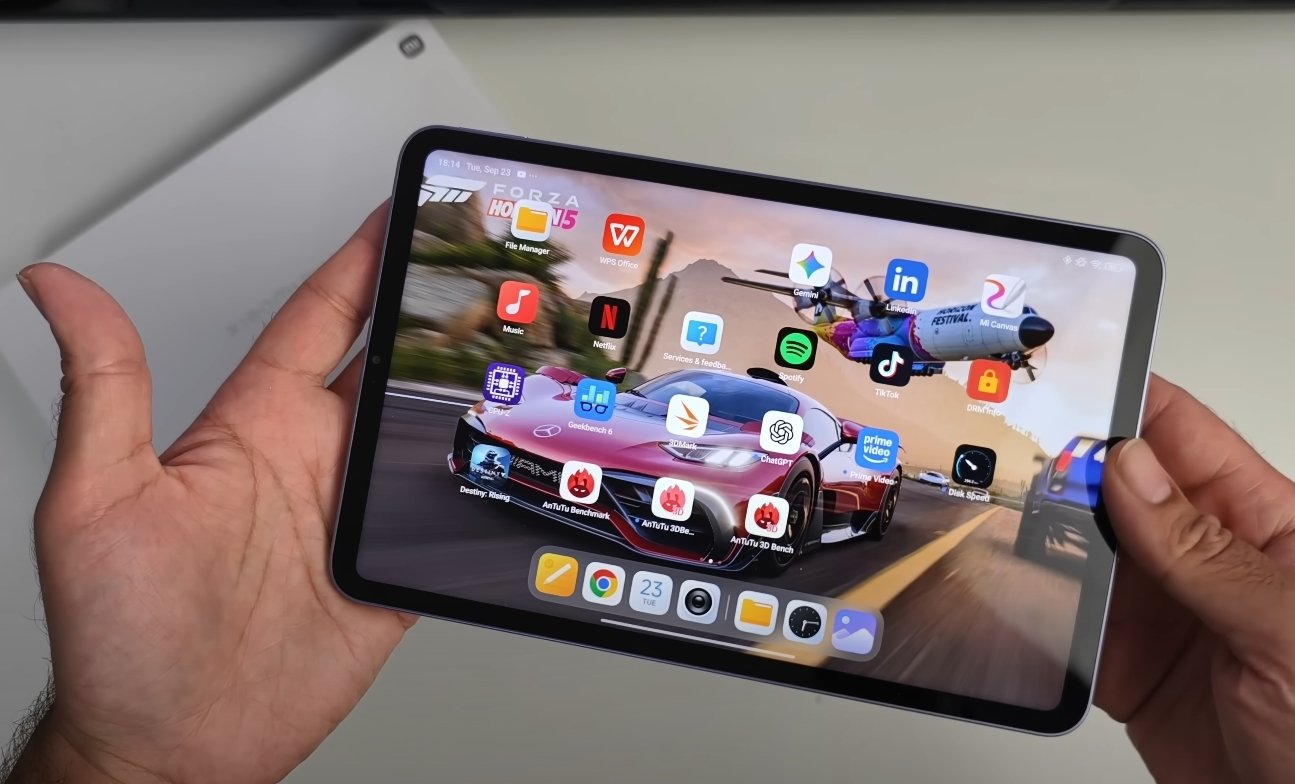
Gestures also enhance multitasking. The Pad Mini supports split-screen mode and floating windows, both of which can be triggered through gesture shortcuts. A simple drag from the top of the screen can dock an app for split-screen use, while a swipe gesture can turn an app into a floating window. This makes managing multiple tasks far more convenient compared to traditional button-based navigation.
HyperOS integrates gestures with HyperAI features, further extending functionality. For instance, users can use gestures to quickly summon AI Writing tools, voice input, or the Circle to Search function. These AI-powered shortcuts save time and streamline productivity, making the tablet more than just a passive device for browsing or streaming.
In daily use, gesture navigation reduces clutter and maximizes the immersive feel of the display. With Dolby Vision and HDR10 supported visuals, having more screen real estate unobstructed by buttons enhances the entertainment experience on platforms like Netflix and YouTube. Gestures keep controls hidden until needed, making full use of the compact yet sharp display.
In conclusion, the Xiaomi Pad Mini’s customizable gestures provide U.S. users with an efficient and highly adaptable navigation system. Backed by HyperOS and supported by smooth hardware performance, these gestures simplify multitasking, integrate with AI tools, and enhance overall usability. For buyers seeking a compact tablet that balances performance with convenience, the gesture-based interface is a key reason why the Pad Mini stands out in its category.

